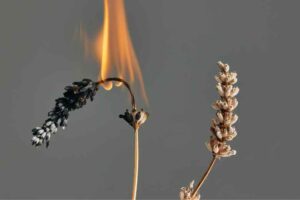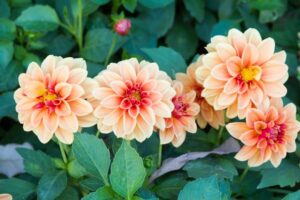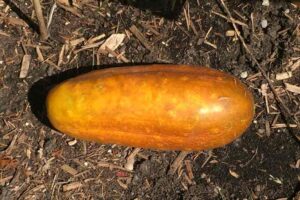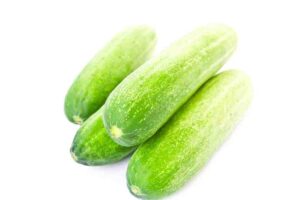
Ginger is a tropical plant that is primarily grown for its rhizomes, commonly used as a spice. Many gardeners enjoy growing ginger, appreciating its ornamental foliage and aromatic roots. However, as a tropical plant, ginger has specific climate needs that differ from temperate plants commonly grown in regions with cold winters. The question arises – can ginger survive winter in colder areas?
The answer depends on several factors related to your garden’s climate and the measures taken to protect ginger plants.
Winter Hardiness of Ginger
Ginger is native to the tropical rainforests of Southeast Asia. In the wild, it thrives in temperatures between 70-85°F with high humidity levels around 80%. Ginger cannot tolerate frost or freezing temperatures. Its rhizomes and leaves will not survive temperatures below 50°F (10°C) for an extended period. As the temperature drops lower than this, damage or death of the plant is likely.
The USDA plant hardiness zones recommended for ginger cultivation are zones 8-11, where average winter lows stay above freezing. These include tropical, subtropical, and warm temperate regions. According to the heat zone map, ginger is rated for zones 9-12.
If left outdoors without protection, ginger plants in USDA zones 7 and colder will not survive the winter. Even protected plants in Zone 7 may struggle through very cold spells. In zone 6 and colder areas, overwintering ginger requires bringing the plants indoors before frost. While some varieties may be hardier than others, none can reliably withstand prolonged freezing conditions.
Besides, factors like soil temperature, wind chill, and duration of freezing all influence winter survival.
The ideal soil for ginger is rich, moist, and well-drained. It needs at least partial shade and consistent moisture to grow well. Knowing ginger’s tropical origins helps explain why overwintering can be challenging in cooler regions with frosty winters. However, with the right care and protection strategies, it is possible for ginger to make it through winter in many areas.
Options for Overwintering Ginger ( 5 Separate Methods)
For gardeners in colder zones who want to enjoy fresh ginger year-round, some methods may allow ginger to survive the winter:
1. Dig Up and Store Rhizomes:
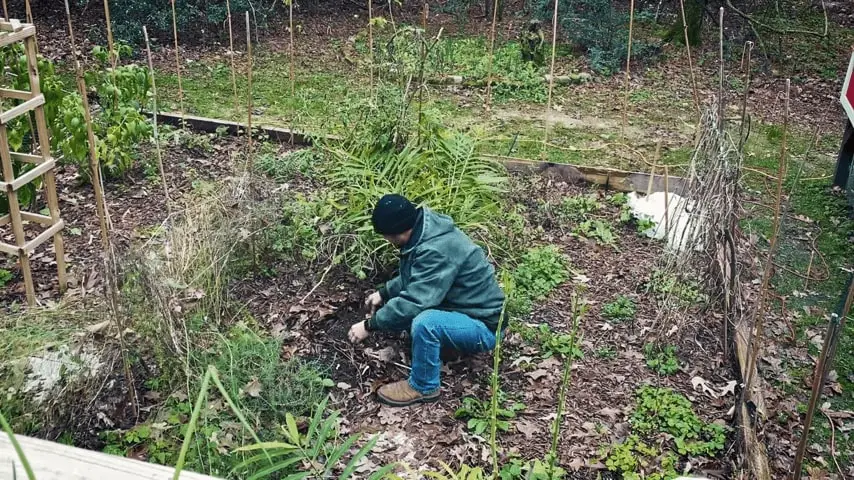
This is considered the most reliable method for regions with hard frosts and freezing temperatures in winter. In late fall, before the ground freezes, dig up the ginger rhizomes from the garden. Gently shake or wash off excess soil. Cut off any greens.
Allow rhizomes to dry for a few days, then store them in a cool, dry place such as a basement or garage. Temperatures between 50-60°F are ideal. The rhizomes can remain dormant in storage for 4-6 months before replanting in early spring after the last expected frost date.
2. Cover Plants with Mulch:
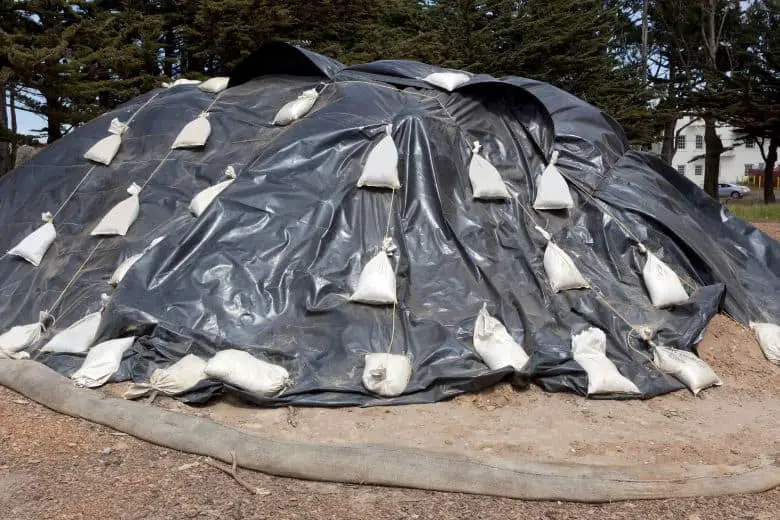
For gardeners in USDA zones 7-9, where winters are milder, leaving ginger in the ground may be possible with protective mulching. In late fall, mulch the soil generously with a thick layer (6-8 inches) of insulating material like straw, fallen leaves, or evergreen boughs.
This helps the soil retain warmth and shield plants from frost. Remove the mulch in early spring once the danger of freezing temperatures has passed. Water ginger regularly during winter dormancy to prevent rhizomes from drying out.
3. Move Plants Indoors:
As a tropical plant, ginger can technically be grown as an indoor houseplant year-round in a pot. Before the first fall frost, gently dig up ginger plants and replant them in containers with new potting soil. Move pots to a bright, humid location indoors such as a sunroom or under grow lights.
Temperatures around 70-80°F suit ginger best indoors. Water whenever the top inch of soil is dry. Fertilize monthly in the spring and summer growing season. Move plants back outdoors after the last frost date has passed in spring.
4. Provide Winter Protection with Cold Frames ( Unheated Greenhouse):
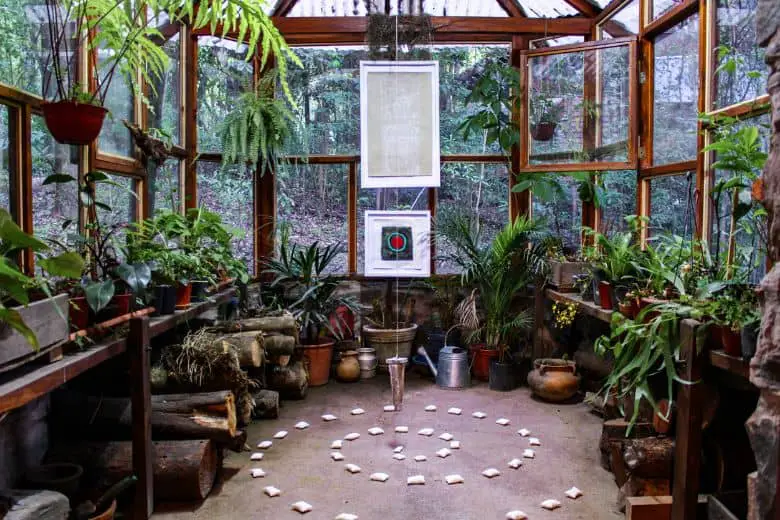
For those wishing to keep ginger in an outdoor garden over winter, using cold frames can help extend its growing season. A cold frame is essentially a miniature greenhouse made of a wooden or metal frame covered with a transparent material like glass or plastic.
In late fall, move potted ginger plants into the cold frame and close the top to hold in heat. Ventilate on sunny days to avoid excess humidity. Empty, clean, and store frames in spring for reuse the following fall.
5. Below Ground Protection:
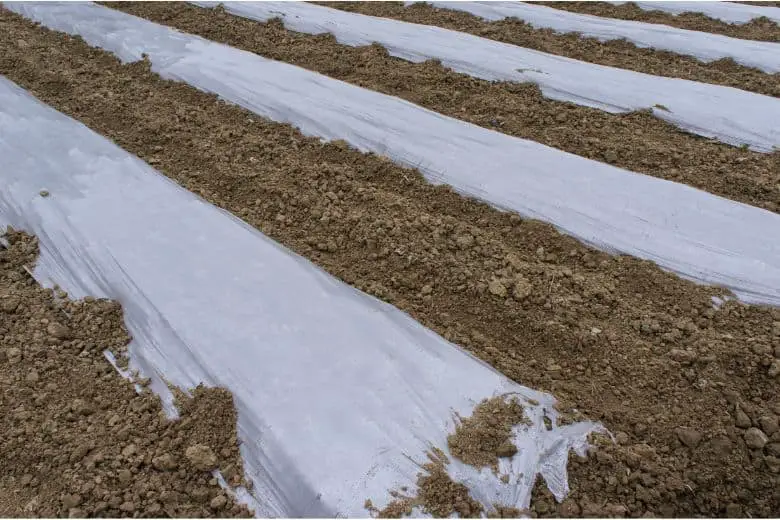
Dig a narrow “trench” two feet deep and place ginger rhizomes inside the pointed end. Backfill the trench with soil and top with mulch. Roots will be insulated below the frost line. Refill trench in spring after danger of hard freeze has passed.
Note:
With adequate protection and the right climate conditions, it is possible for ginger to overwinter in colder zones down to about zone 7. The extra effort required depends on the methods used. Mulching in a protected outdoor bed is less intensive than digging up and repotting rhizomes to bring inside over winter. But for reliable, pest-free ginger production every year, growing as an annual or purchasing fresh ginger may be more practical options in very cold areas.
Overwintering Considerations
When caring for ginger over winter, there are some additional factors for successful survival:
- Check indoor plants periodically for pests like aphids or fungus gnats which thrive in warm, humid conditions away from natural enemies. Isolate and treat any infected plants to prevent spread.
- Minimize temperature fluctuations which can stress ginger. Well-insulated cold frames provide more stable conditions than an unheated greenhouse.
- Check soil moisture levels regularly without letting soil remain soggy. Ginger roots can rot if waterlogged for long periods in cool temperatures.
- Provide as much natural light as possible, but avoid direct midday sun on indoor plants which could scorch tender foliage through windows in winter.
- Keep an eye out for drought stress signs like wilting. Indoor plant roots have limited soil volume and may need water more frequently than usual.
- Check protected outdoor plantings after heavy snowfall and remove any accumulation that could damage foliage and smother plants.
With preparation and care over the colder months, it is possible in many areas to overwinter ginger and enjoy fresh ginger harvesting again the following summer. While ginger is best grown as an annual crop in very cold climates, more temperate gardeners may find success carrying ginger through winter with the right environmental conditions.
Sample Winter Care Schedule for Ginger:
# October: Lift and pot outdoor rhizomes before the first hard frost. Move into a cool, bright location indoors.
# November: Cover outdoor beds with 8-12 inches of mulch-like straw. Check indoor plants weekly for pests/moisture needs.
# December: On sunny days, ventilate cold frames 5+ degrees above outdoor temps to prevent overheating plants.
# January: Prune back any leggy indoor growth to encourage bushier habits. Check moisture levels of indoor pots every 5-7 days.
# February: Scrutinize all plants for signs of drought, disease, or insects and treat issues promptly. Rotate pot locations for balanced light exposure.
# March: Gradually increase light and temperature for indoor plants to “harden off” before moving back outside in very early spring once soil thaws. Remove mulch from outdoor beds.
Tips for Successful Overwintering:
- Select hardy ginger varieties when possible. Raleigh and Australian varieties tend to be more cold-tolerant than others.
- Start with healthy, well-established plants in the fall for the best winter survival rates. Give ginger optimal growing conditions before dormancy.
- Check stored rhizomes periodically through winter. Discard any that show signs of mold or rot.
- Mulch soil generously or use insulation like fallen leaves if leaving ginger plants in the ground.
- Water ginger sparingly through winter dormancy to prevent root rot from overly wet soil.
- Gradually acclimate ginger to outdoor conditions when moving back outside in spring.
- Place potted ginger in a warm spot indoors like near a south-facing window for winter.
Conclusion
With cautious planning and maintenance, committed gardeners in many colder zones can enjoy their ginger plants year-round with protection strategies suited to local climate conditions. Following best practices helps ginger survive winter dormancy and thrive again come warmer weather.

